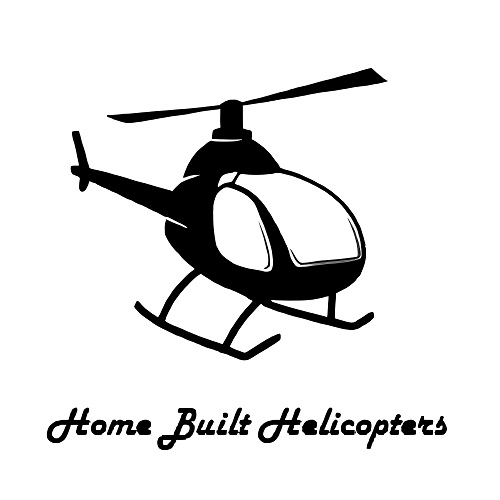Category: HB Helicopters
HB Helicopters
-
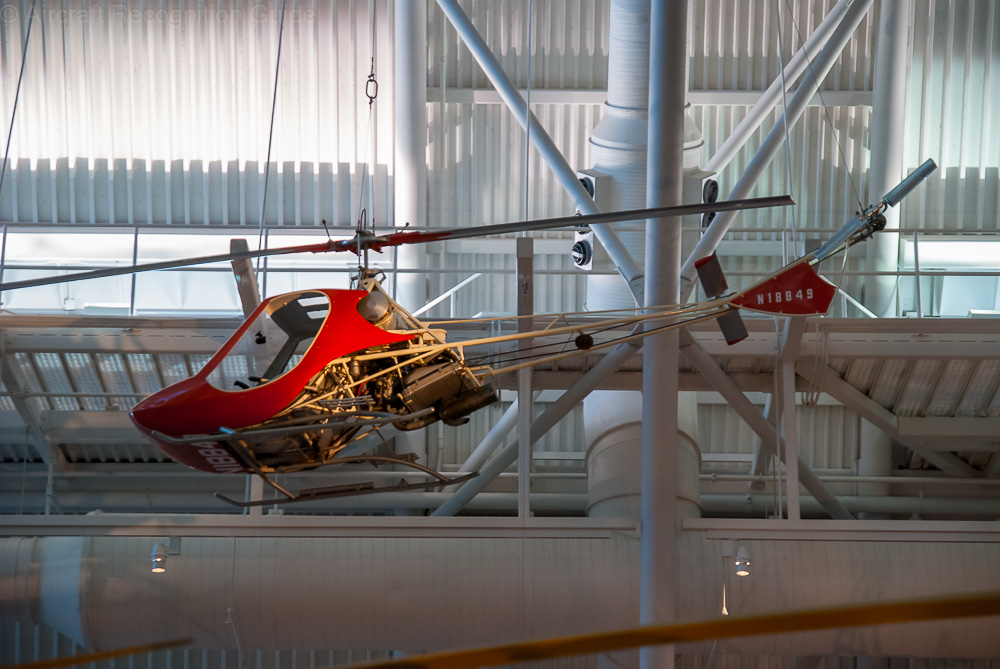
The Scorpion Helicopter Package – Home Built Helicopter
Scorpion Helicopter is a revolutionary concept in the world of aviation, offering enthusiasts the opportunity to build their own helicopter from scratch. This bird can be built from home garage with proper skill. This innovative package provides all the necessary components and instructions for constructing a fully functional helicopter, allowing individuals to fulfill their dream
-

Gyrocopter Flying Experience
Gyrocopter flying experience. Gyrocopter flying is an exhilarating and unique experience that offers a thrilling adventure unlike any other. As you take to the skies in a gyrocopter, you’ll feel the rush of the wind in your face and the freedom of soaring above the earth. The open cockpit design of a gyrocopter provides an
-
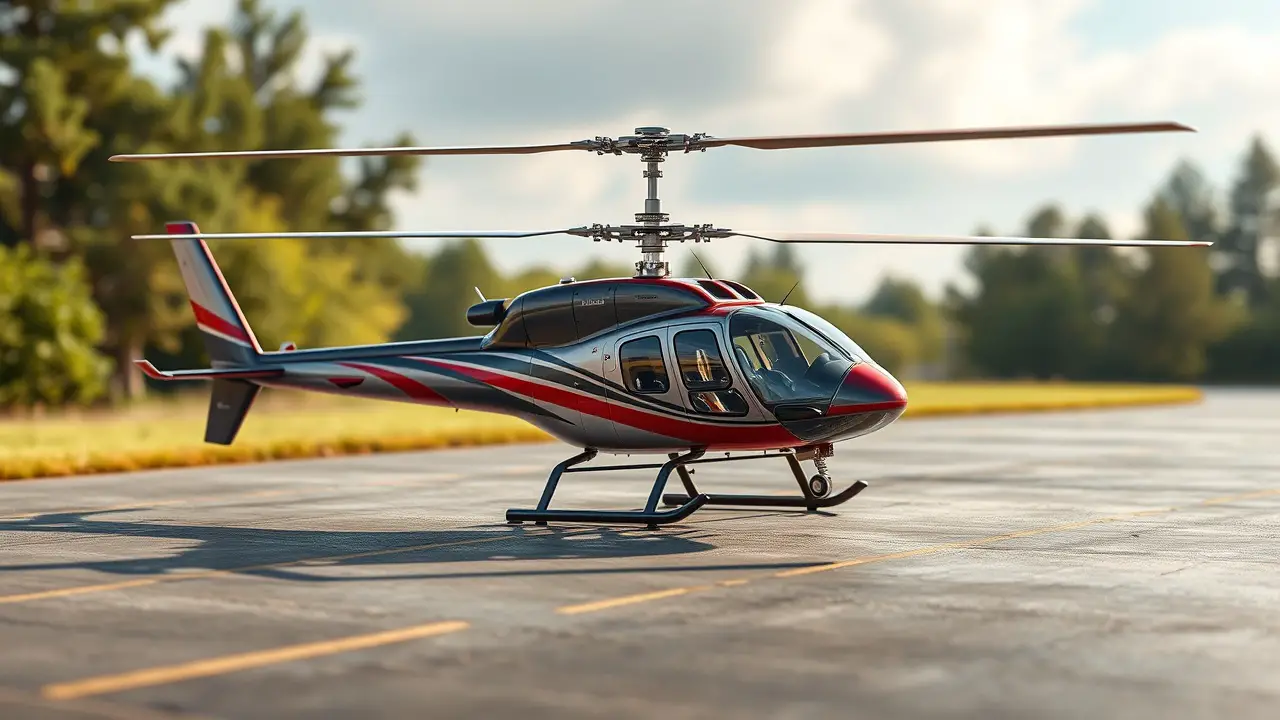
Coaxial Helicopter Model
Coaxial Helicopter Model. The coaxial helicopter model is a type of helicopter that features two main rotor systems mounted one above the other on the same axis. This design allows for counter-rotating rotors, which eliminates the need for a tail rotor. The absence of a tail rotor simplifies the design and reduces the overall mechanical
-
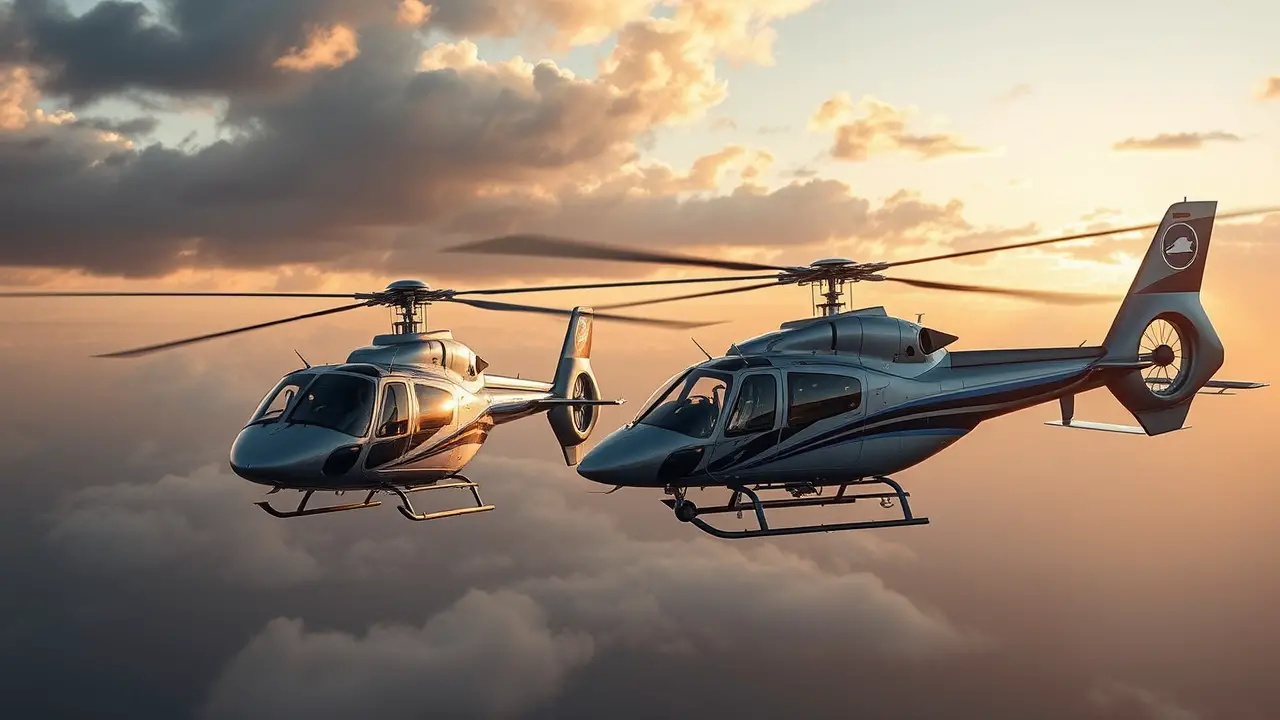
Eurocopter vs Airbus Helicopters
Eurocopter vs Airbus helicopters. Euro copter, now known as Airbus Helicopters, has a rich history dating back to 1992 when it was formed through the merger of the helicopter divisions of Aerospatiale and Daimler-Benz Aerospace AG (DASA).The company’s roots, however, can be traced back even further to the 1940s with the establishment of Sud-Est Aviation,
-
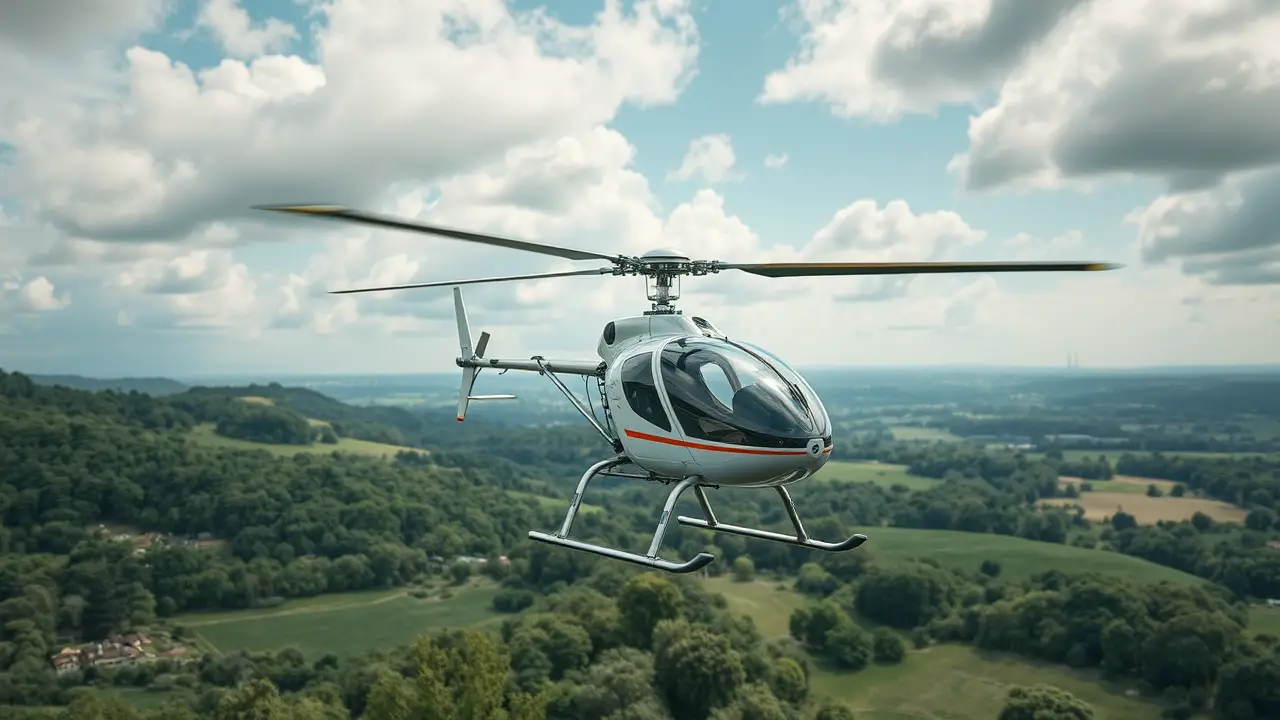
Gyrocopter Safety Tips
Gyrocopter safety tips. As a gyrocopter pilot, I’ve come to appreciate the unique blend of freedom and responsibility that comes with flying these remarkable machines. Safety is paramount in this exhilarating pursuit, and understanding the inherent risks is the first step toward ensuring a secure flying experience. Gyrocopters, with their distinctive rotor systems and open
-
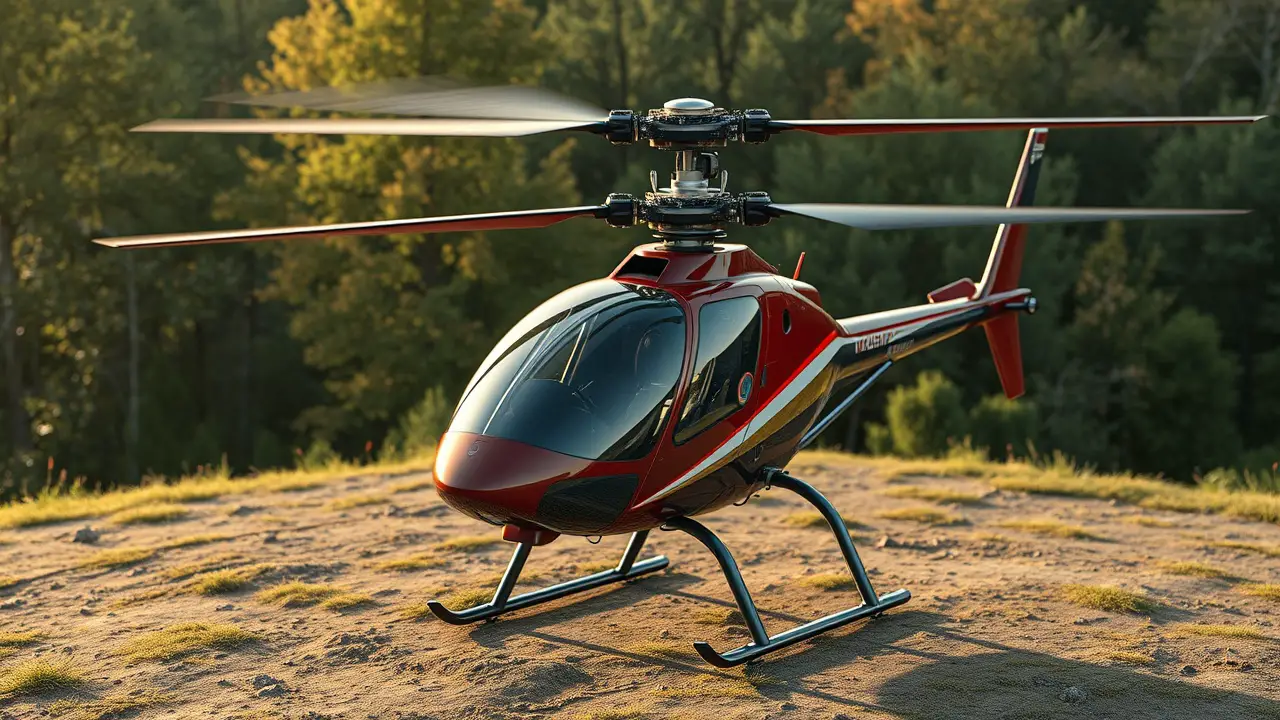
DIY Gyrocopter Plans
DIY gyrocopter plans. Gyrocopters, also known as autogyros, are unique aircraft that utilize an unpowered rotor for lift and a conventional engine for propulsion. Unlike helicopters, gyrocopters have a free-spinning rotor that is not powered by an engine during flight. Instead, the rotor is turned by aerodynamic forces as the gyrocopter moves forward. This design
-
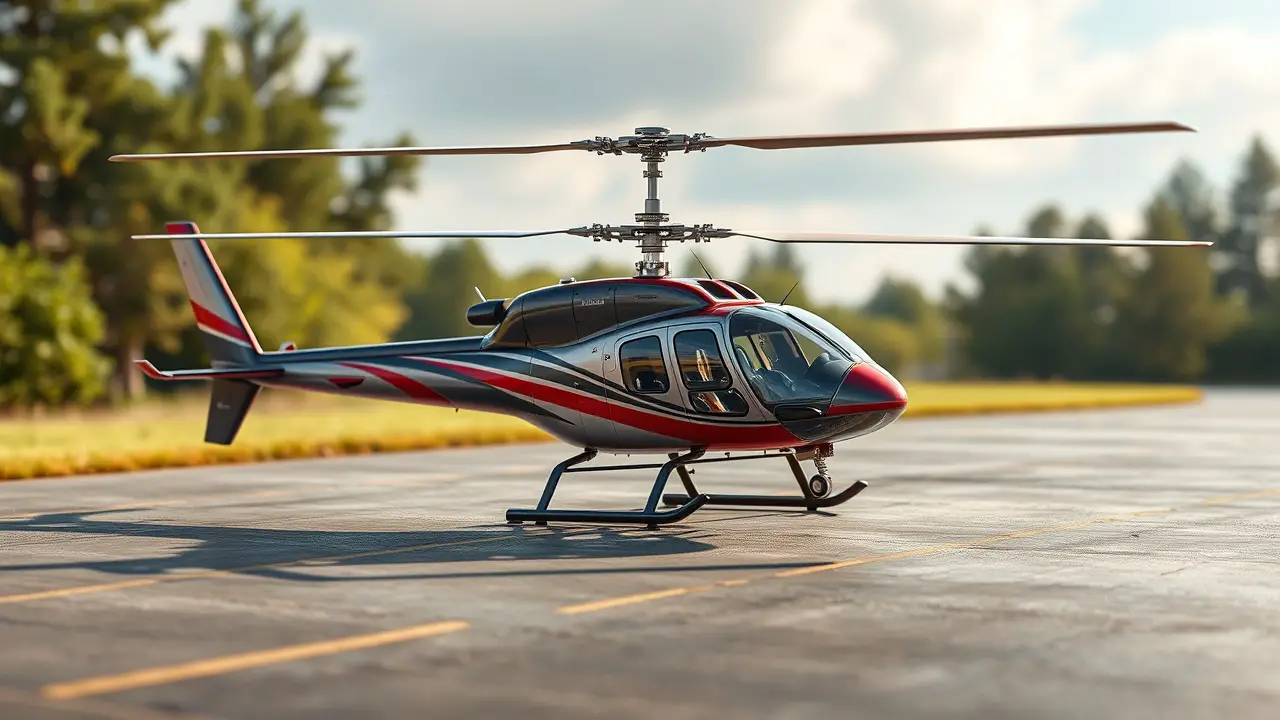
Affordable Helicopter Kits
Affordable helicopter kits. Building my own helicopter has been one of the most rewarding experiences of my life. The sense of accomplishment that comes from assembling a complex machine with my own hands is unparalleled. Not only do I get to learn about the intricate mechanics and engineering principles involved, but I also gain a
-
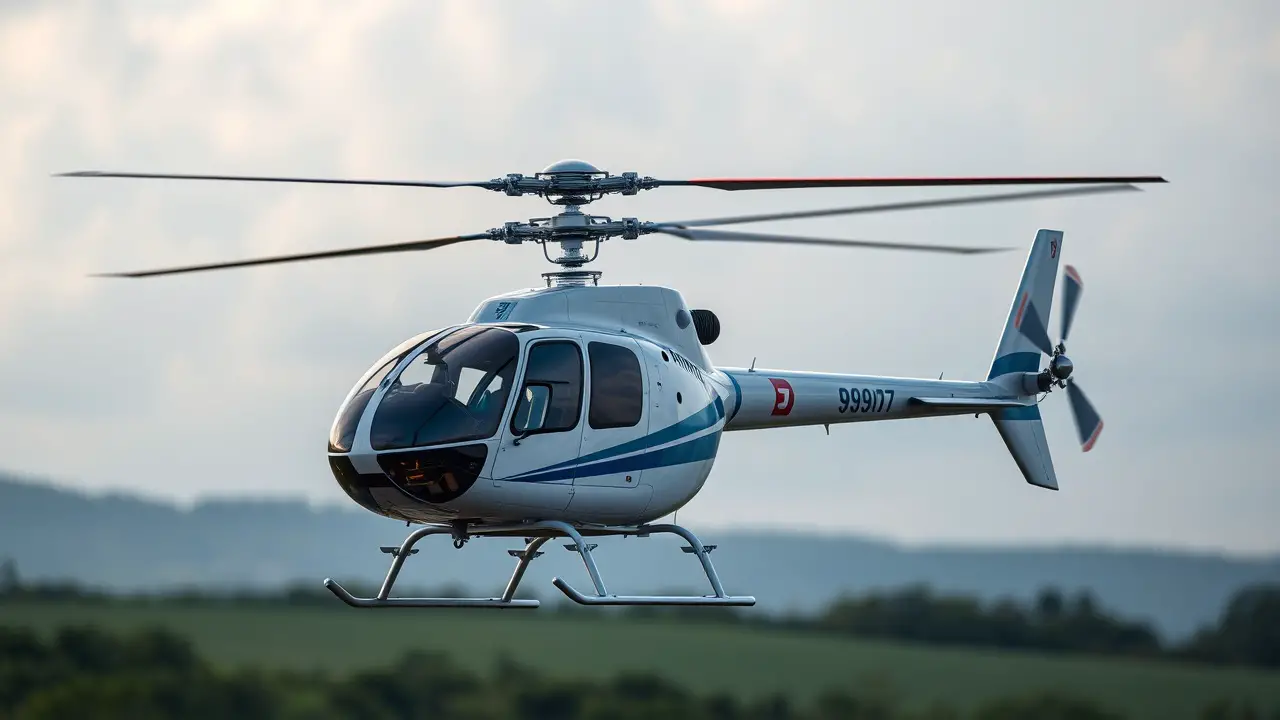
The Best Coaxial Helicopters You Can Buy Today
The best coaxial helicopters you can buy today. When it comes to coaxial helicopters for beginners, the Blade Scout CX is a popular choice. This model is known for its stability and ease of control, making it an ideal option for those who are new to flying RC helicopters. Another great option for beginners is
-
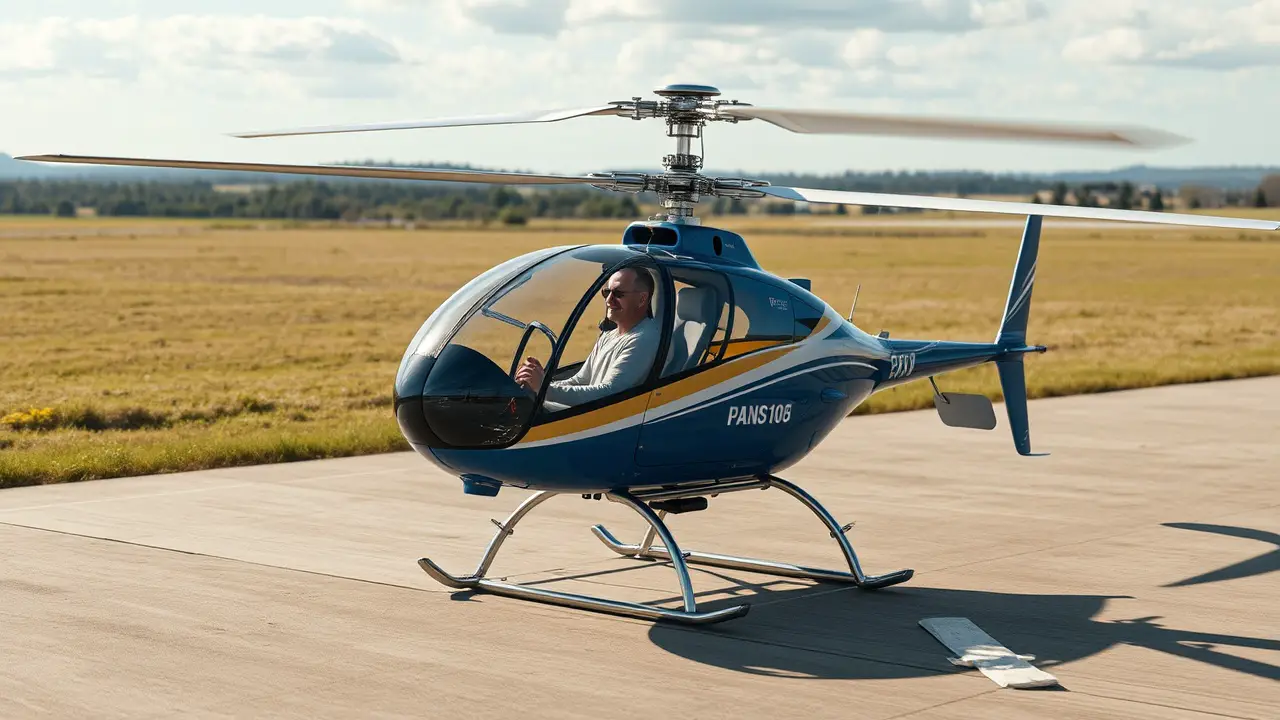
Beginners Gyrocopter Training
Beginners gyrocopter training. As I embarked on my journey into the world of aviation, I found myself captivated by the unique allure of gyrocopters. These remarkable flying machines, often referred to as autogyros, combine the simplicity of a helicopter with the efficiency of an airplane. Unlike traditional helicopters, gyrocopters utilize a freely rotating rotor for
-
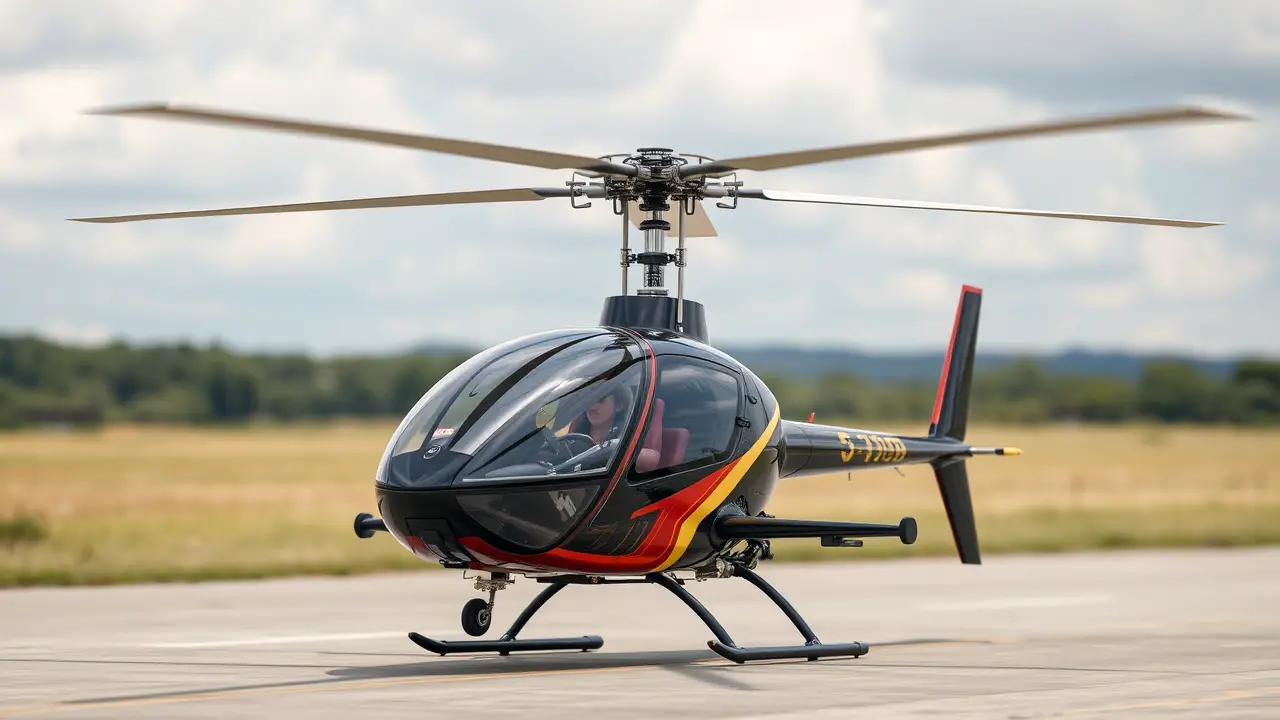
Cost of Owning a Gyrocopter
Cost of owning a gyrocopter. When I first considered owning a gyrocopter, the initial purchase price was a significant factor in my decision-making process. The cost of a new gyrocopter can vary widely, typically ranging from $15,000 to over $100,000, depending on the model and features. I quickly learned that while some entry-level models are
